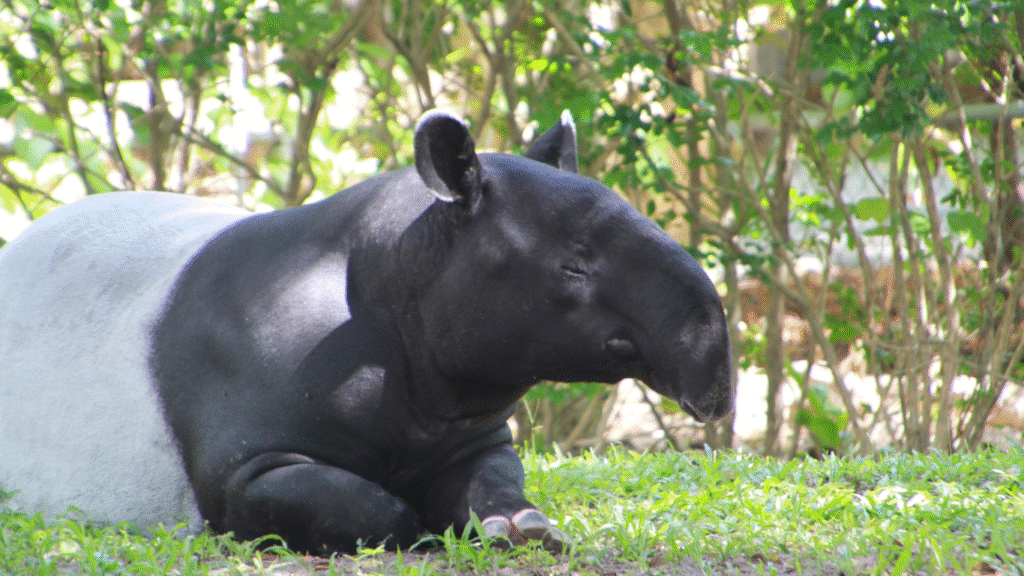Tapir: The Adorable Forest Wanderer You Need to Know About
When you think of adorable, lesser-known animals, the tapir might not be the first creature that comes to mind — but it should be! With their short trunks, round bodies, and gentle nature, tapirs are one of nature’s most fascinating and endearing animals. In this article, we’ll dive deep into what makes the tapir so unique, where they live, and why it’s crucial to protect them.

What Is a Tapir?
A tapir is a large, herbivorous mammal that looks like a blend between a pig, an anteater, and even a small elephant. Their most distinctive feature is their flexible, elongated snout, which acts like a mini-trunk. Tapirs use this amazing nose to grab leaves, fruit, and other vegetation.
There are four species of tapir:
- Brazilian tapir (also called the South American tapir)
- Baird’s tapir
- Mountain tapir
- Malayan tapir (the largest and most distinct with its black-and-white coloring)
Where Do Tapirs Live?
Tapirs are native to Central and South America, as well as Southeast Asia. They prefer dense forests, grasslands, and wetlands, where they can easily find food and water. Since they are excellent swimmers, tapirs are often found near rivers and lakes. Their love of water isn’t just for drinking — they also use it to cool off and escape predators.
Fascinating Facts About Tapirs
- Ancient lineage: Tapirs have been around for over 20 million years, making them one of the oldest surviving large mammals.
- Natural camouflage: Baby tapirs are born with striped and spotted coats, helping them blend into the forest undergrowth — a defense mechanism against predators.
- Night owls: Tapirs are mostly nocturnal, meaning they’re most active during the night.
- Swimming champions: Their bodies are built for swimming, and they often walk along river bottoms much like hippos!
Why Are Tapirs Endangered?
Unfortunately, tapir populations are declining. Deforestation, habitat loss, and poaching are the biggest threats they face. All four tapir species are currently listed as vulnerable or endangered by the International Union for Conservation of Nature (IUCN).
Protecting tapirs also means protecting vast stretches of forest, which benefits countless other species. As “gardeners of the forest,” tapirs play a crucial role in spreading seeds and maintaining healthy ecosystems.
How Can You Help Tapirs?
- Support conservation organizations like the Tapir Specialist Group.
- Raise awareness by sharing information about these gentle giants.
- Promote sustainable practices that protect tropical forests.
Even small actions can make a big difference in preserving the future of these incredible creatures.
Conclusion
The tapir is a true hidden gem of the animal kingdom — a symbol of ancient wilderness and natural wonder. With their quirky looks, important ecological role, and gentle nature, tapirs deserve our attention and protection. Whether you’re a wildlife enthusiast or simply someone who loves cute animals, learning more about tapirs is a step toward helping them thrive for generations to come.








